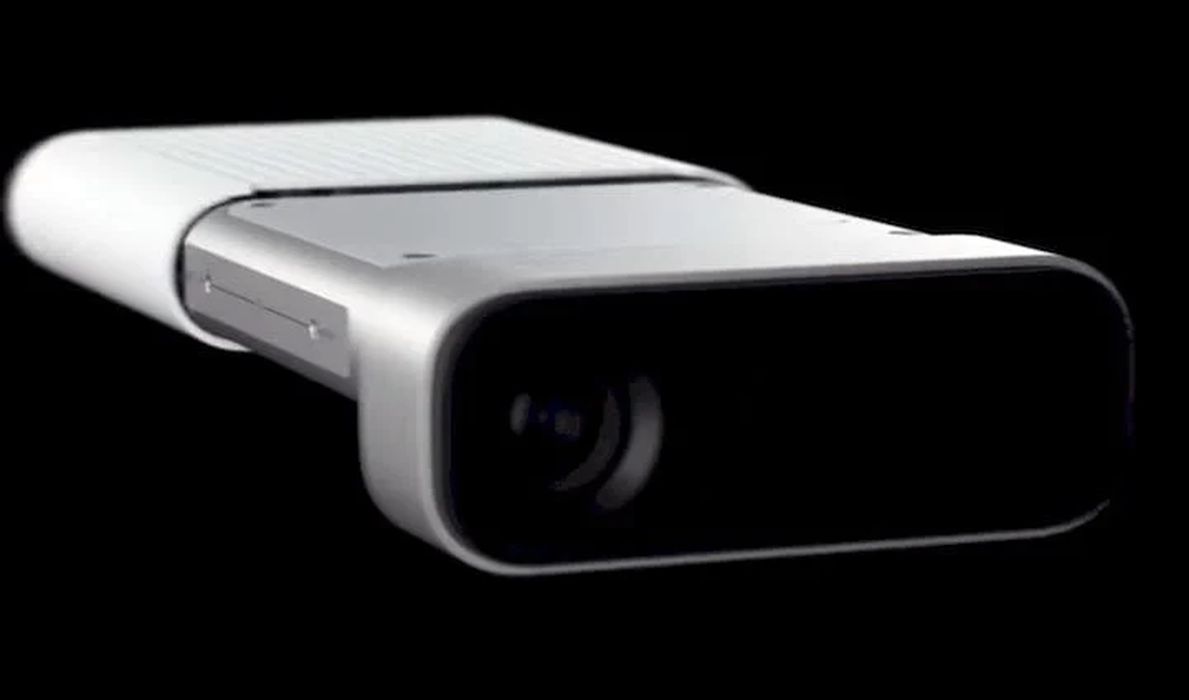
Microsoft announced they are finally, probably, almost certainly, discontinuing the venerable Kinect.
The Kinect is (was?) a depth camera, originally developed for use with the Xbox gaming console. The idea was that the depth camera could be used to detect a player’s physical movements in front of the console and integrate them into the game. Imagine someone moving their arms to throw a virtual ball, for example.
It was a very cool concept at the time — almost ten years ago — but somehow it didn’t really catch on in the way that Microsoft had hoped.
Meanwhile, the Kinect became quite popular in the 3D community for an unexpected reason: the Kinect was actually a very inexpensive and widely available depth camera.
A depth camera in this case blasts out a matrix pattern of infrared beams. As the sensor detects the reflections, it times the return duration for each beam. Then the precise distance to that “pixel” can be determined. This is how the device detects “depth”.
While Microsoft never intended the Kinect to become a 3D scanner, that’s precisely what was done by third parties by using Microsoft’s development kit. Software was developed by several groups to use the Kinect’s depth camera to produce 3D models.
As the Kinect’s aim was swept over a scanning subject, repeated depth views could be interpolated into a point cloud and then a 3D model by meshing the points together. One popular software tool for this was Skanect, which is still around. However, it’s now mainly used with other, more professional depth cameras that emerged after the Kinect was cancelled the first time.
The “first time”???
Yep. Microsoft discontinued the Kinect — the first time — in early 2018 due to its unsuccessful adoption.
However, a year and a half later it was revived by Microsoft, throwing the depth camera manufacturers into chaos. At the time the device was resurrected for use with “computer vision and speech models”, or basically anything useful someone could cook up with the development kit.
However, in 2023 it appears they’ve finally — probably — discontinued the Kinect one last time.
This is not surprising, as there have been multiple very good 3D scanning solutions appear on the scene in the past few years. Even worse for the Kinect is the unexpected development of AI-based image software that can perform seemingly magical feats of scanning without a lot of expensive hardware.
The Kinect was doomed, and now it is dead.
I think.
Via The Verge
